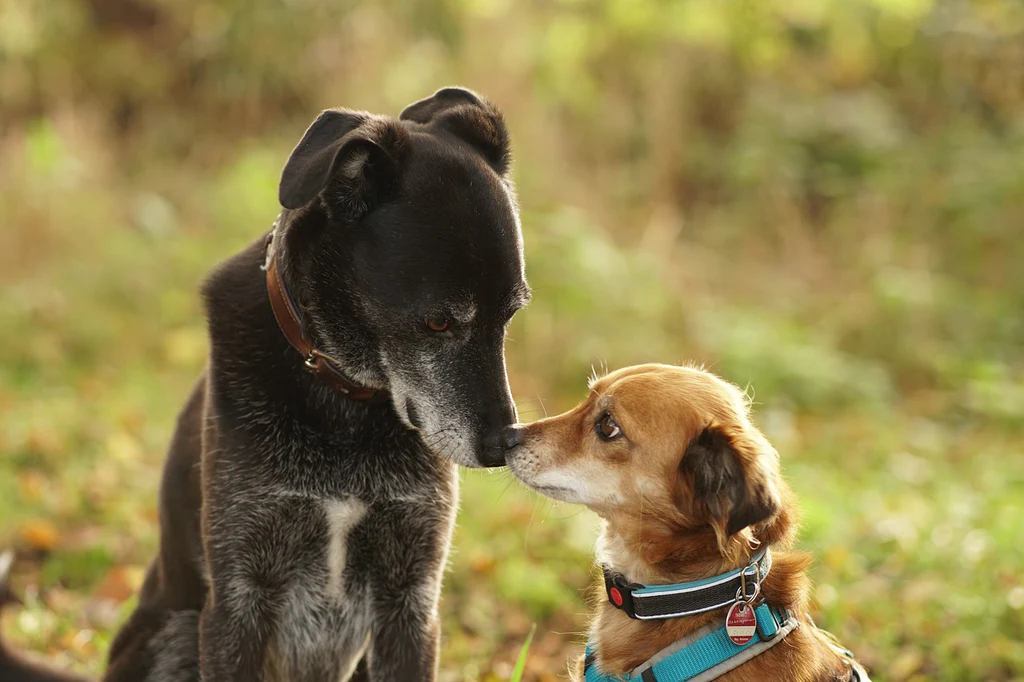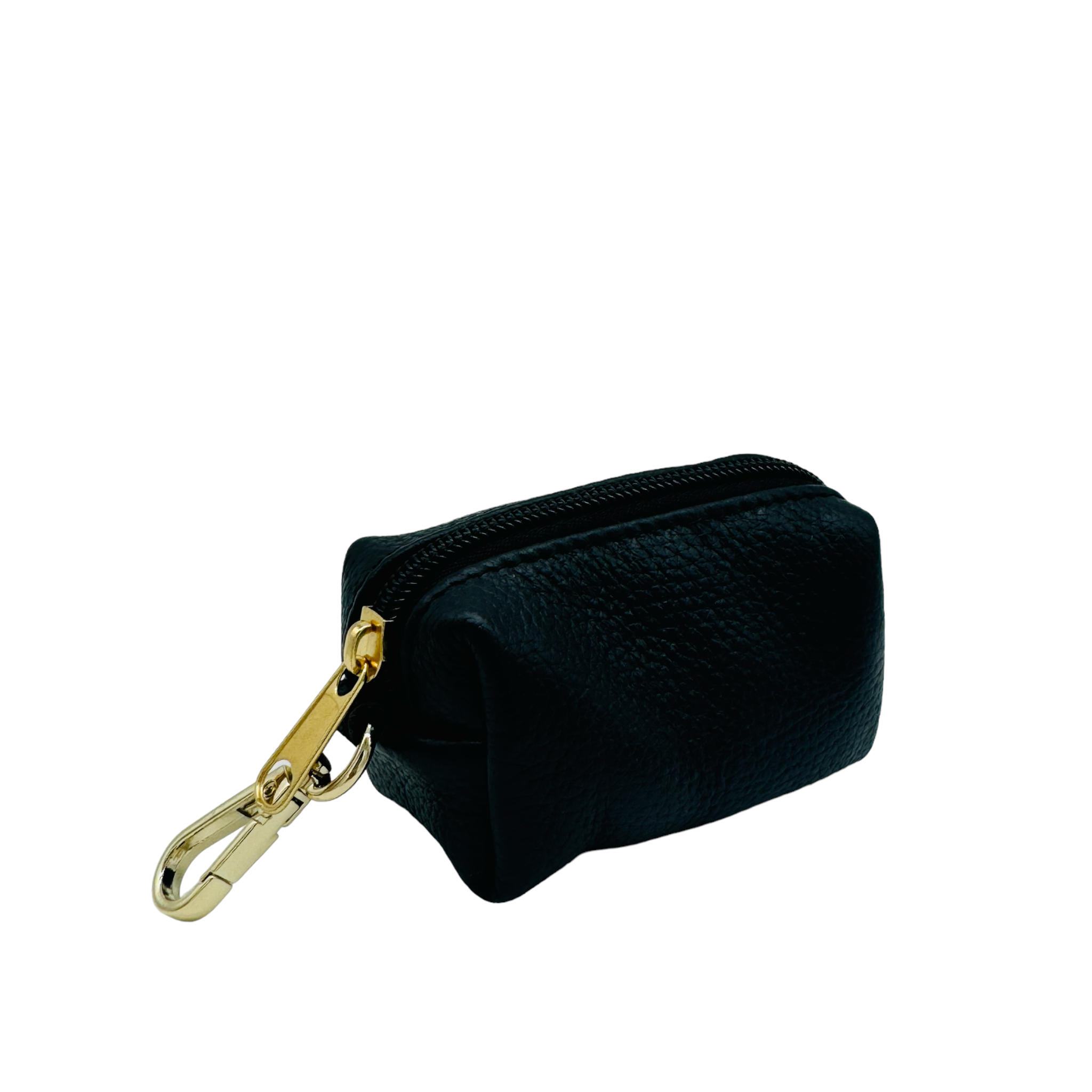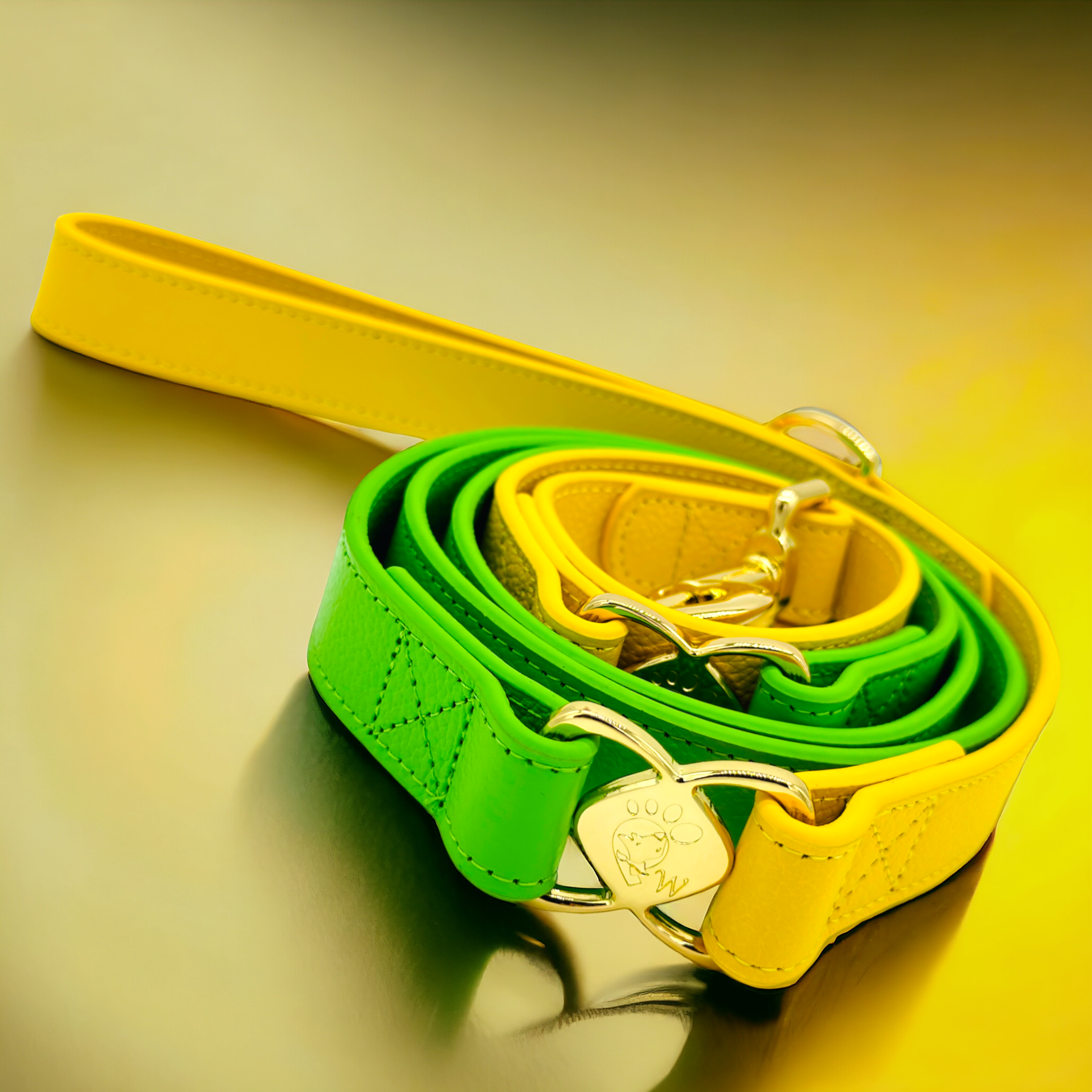
How to Train Your Dog Effectively

A Paw-sitive Approach: How to Train Your Dog Effectively
Training your furry companion can be a rewarding and enriching experience, creating a strong bond between you and your four-legged friend. But where to start? In this comprehensive guide, we'll explore the essential steps and strategies to help you train your dog effectively.
1. Start with Basic Commands
Begin your dog's training journey with fundamental commands:
First you want to make sure your dog is happy and healthy is one of the most important aspects before starting this training;
- Sit: Teach your dog to sit on command. Use treats as a reward for compliance. Gently press down on their back end while saying "sit," and reward them when they sit.
- Stay: Encourage your dog to remain in one spot. Start with short durations and gradually increase them. Use "stay" along with hand signals for better understanding.
- Come: Teach your dog to come when called. Use a leash and reward them with praise and treats when they respond.
- Heel: Train your dog to walk calmly on a leash without pulling. Use treats and praise as motivation.
2. Consistency is Key
Consistency is the foundation of successful dog training. Use the same commands, gestures, and rewards every time you train. Consistency helps your dog understand what's expected.

3. Positive Reinforcement
Positive reinforcement is the most effective training method. Reward good behavior with treats, praise, and affection. Your dog will associate positive actions with pleasurable outcomes and be more likely to repeat them.
4. Patience and Persistence
Training takes time, so be patient. Dogs, like people, learn at their own pace. Stay persistent and continue practicing regularly.

5. Socialization
Expose your dog to various people, animals, and environments to help them develop social skills. This reduces anxiety and ensures your dog behaves well in different situations.

6. Correction
Sometimes, correction is necessary. Use gentle, consistent correction techniques like a firm "no" when your dog misbehaves. Avoid harsh physical punishment, as it can damage the bond of trust you're building.
7. Training Tools
Consider using training aids like clickers, collar, leashes or whistles to help reinforce commands. These tools can improve communication and make training more efficient. Read more on why you need a Training Tools.


8. Break it Down .
Complex commands can be daunting. Break them into smaller, manageable steps and reward your dog's progress. For instance, when teaching "lie down," start with "sit."
9. Obedience Classes
Professional obedience classes are an excellent way to train your dog, especially if you're a first-time owner. They offer expert guidance and a structured learning environment.
10. Exercise and Mental Stimulation
A tired dog is a well-behaved dog. Ensure your furry friend gets enough exercise and mental stimulation. A tired dog is more receptive to training.
11. Stay Calm and Positive
Dogs are highly perceptive of your emotions. Stay calm, positive, and upbeat during training sessions. Your dog will be more eager to learn and please you.

Conclusion
Training your dog can be a fulfilling journey that strengthens your bond and ensures a happy, well-behaved companion. Remember that every dog is unique and may require a tailored approach to training. Be patient, consistent, and use positive reinforcement to help your dog thrive. Whether you're teaching basic commands or addressing specific behavioral issues, a positive and patient approach will go a long way in shaping your dog into a well-mannered and lovable member of your family.










